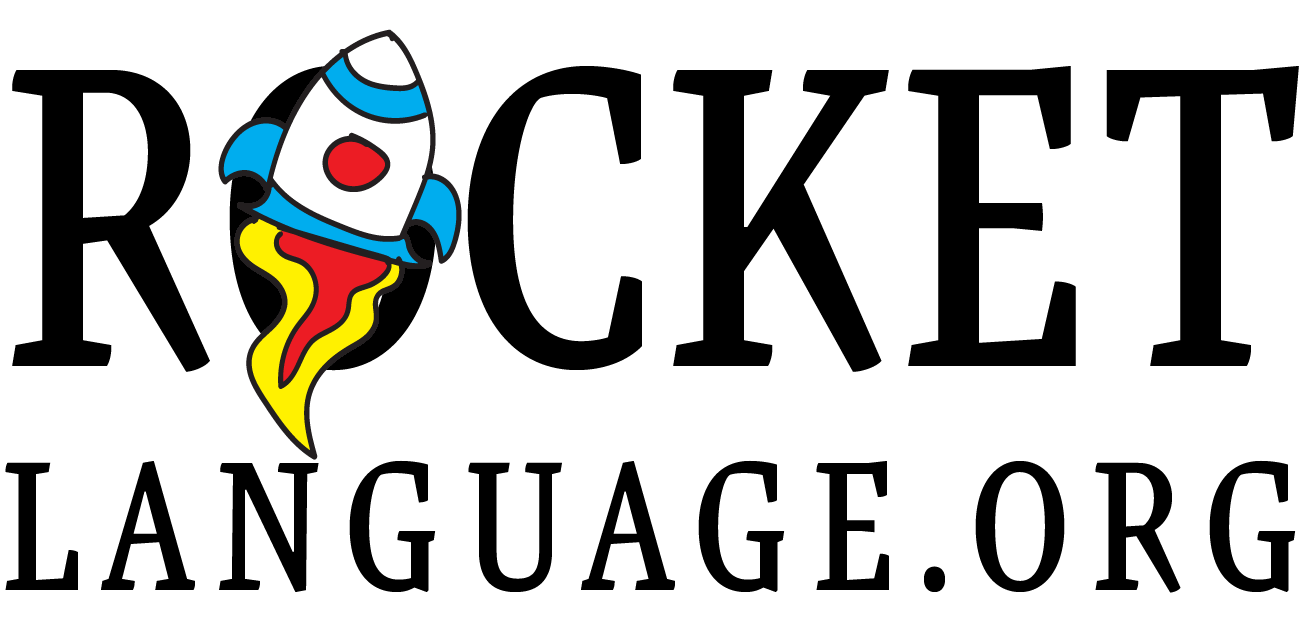Capturing Performance - Design Constraints
Why Spontaneous Speaking
It may be pure folly to undertake measuring student performance in Spontaneous Speaking. I would like to try anyway. Without even flawed measures of spontaneous speaking, it takes a backseat in K-12 classrooms. Teachers who are under pressure to produce “results” turn to the data that will cause them the least amount of trouble – how many blanks a student can fill in with prescribed vocabulary or verb conjugations. My 30 years of experience indicate that the fill in the blank skill is not correlated to success in spontaneous speaking.
Open to Failure
We must accept that failure may be ultimate outcome of the undertaking. Yet, I feel that we must try for the sake of our students and credibility as a profession.
-Brene Brown
Design Constraints
Practicing teachers score spontaneous speaking in real time (live or recorded) – creating limitations on what elements we can score while listening to two (or more) students interact.
- Usable in Real-time
- Student-friendly language
- Simple
- Usable feedback to students
- Inform Instruction
- Manageable workload for Teachers (Kissau & Adams, 2016)
- Universally-applicable
How important are these design constraints. What are we missing?
Real-Time Results
Come back tomorrow when we focus on metrics to measure performance.
